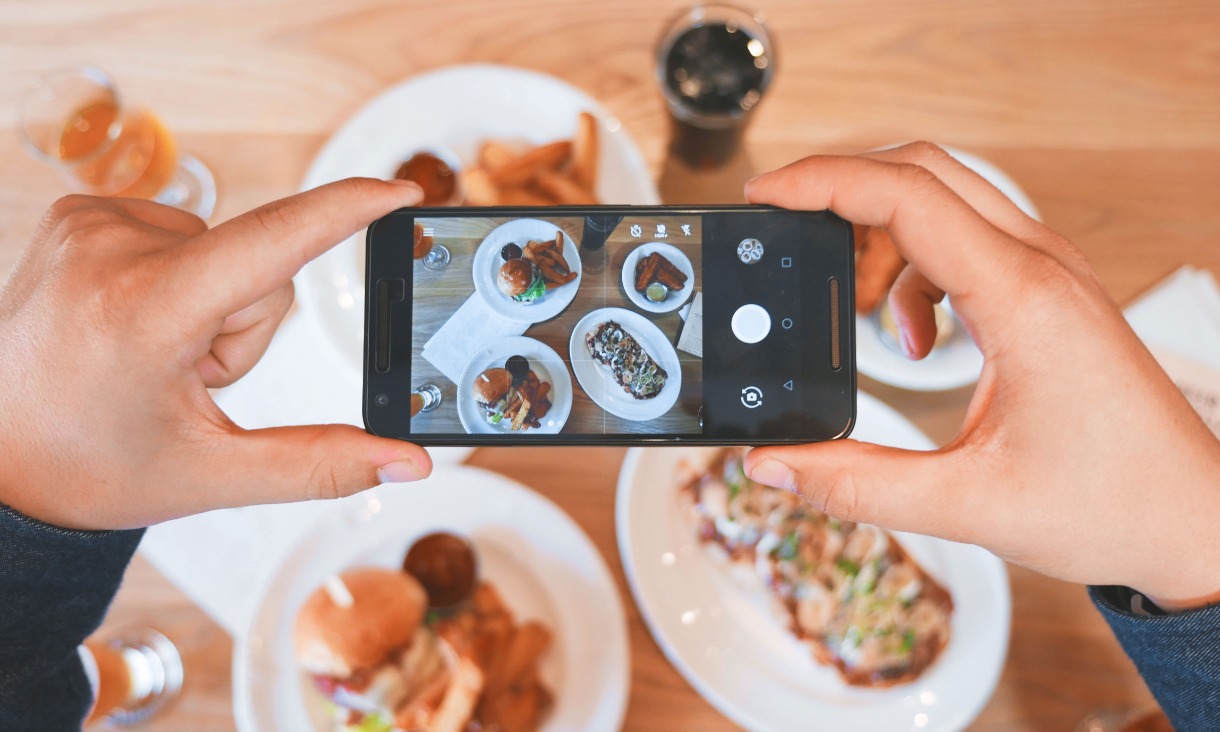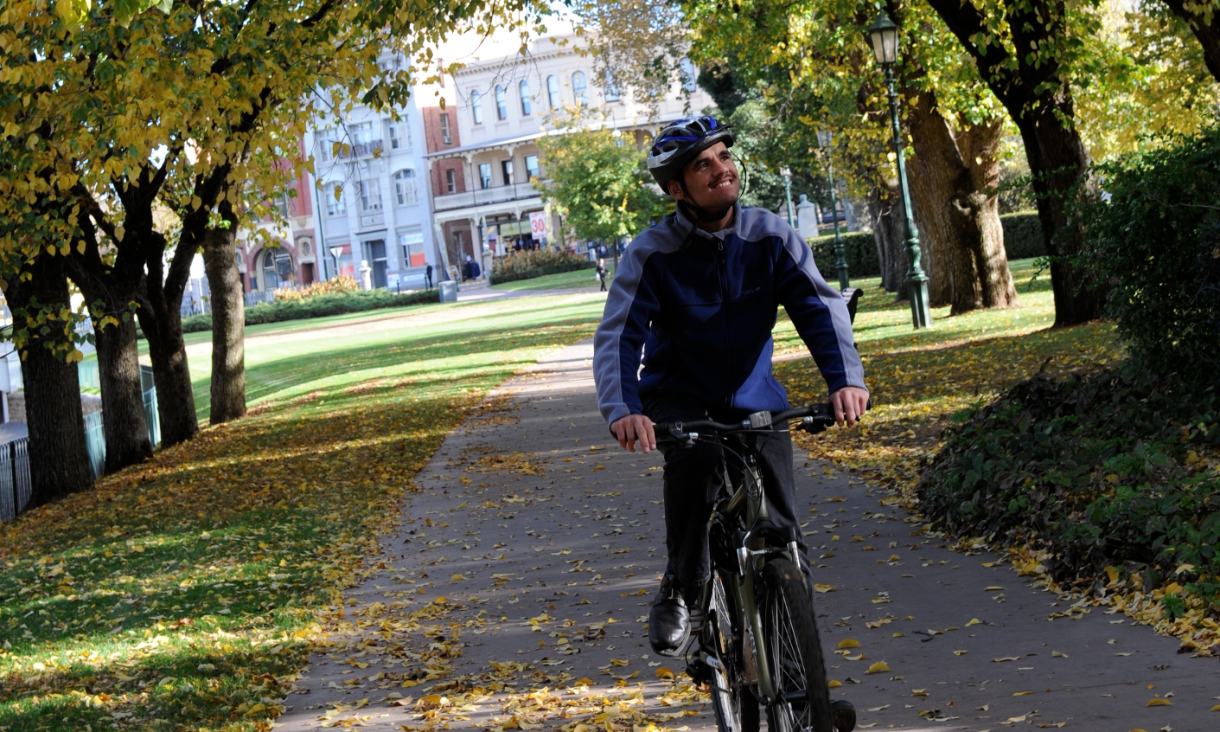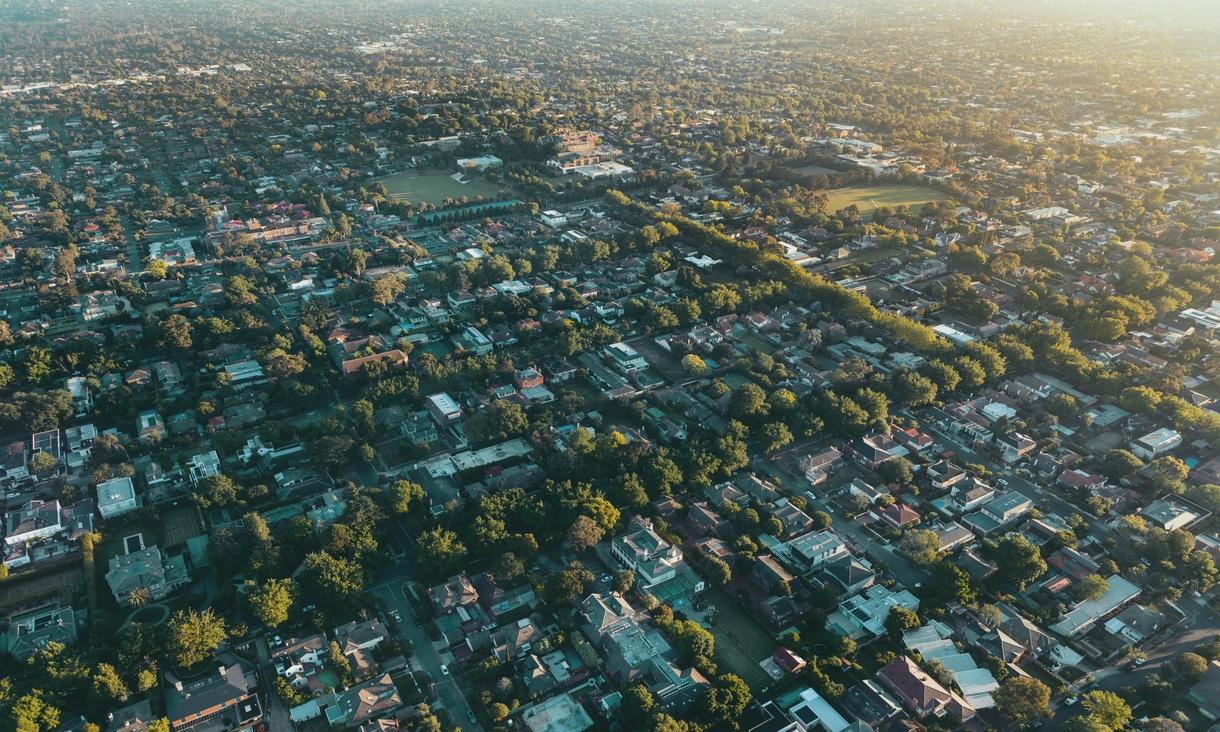Want to get people walking? Make train stations about more than transport
Train station precincts with more shops and apartment blocks are key to getting residents walking, a new report has found, with stations in Melbourne’s north and south-east ripe for redevelopment.
Smart city tech keeps Bendigo residents cool by mapping hot spots
A new smart technology platform launched today in Bendigo will help residents keep cool this summer by mapping the location of urban hot spots in the city to avoid on hot days.
Seven ways the 1969 Transportation Plan shaped Melbourne
Today marks 50 years since the landmark 1969 Transportation Plan. Here, we take a look back on the plan that brought Melbourne its network of freeways and roads, and how its legacy stacks up in 2019.
Urban forests: How the west is winning the greening challenge
Melbourne’s eastern and south-eastern suburbs have lost almost 2,000 hectares of trees since 2014, while in the west, urban forests are growing stronger, finds new research.





